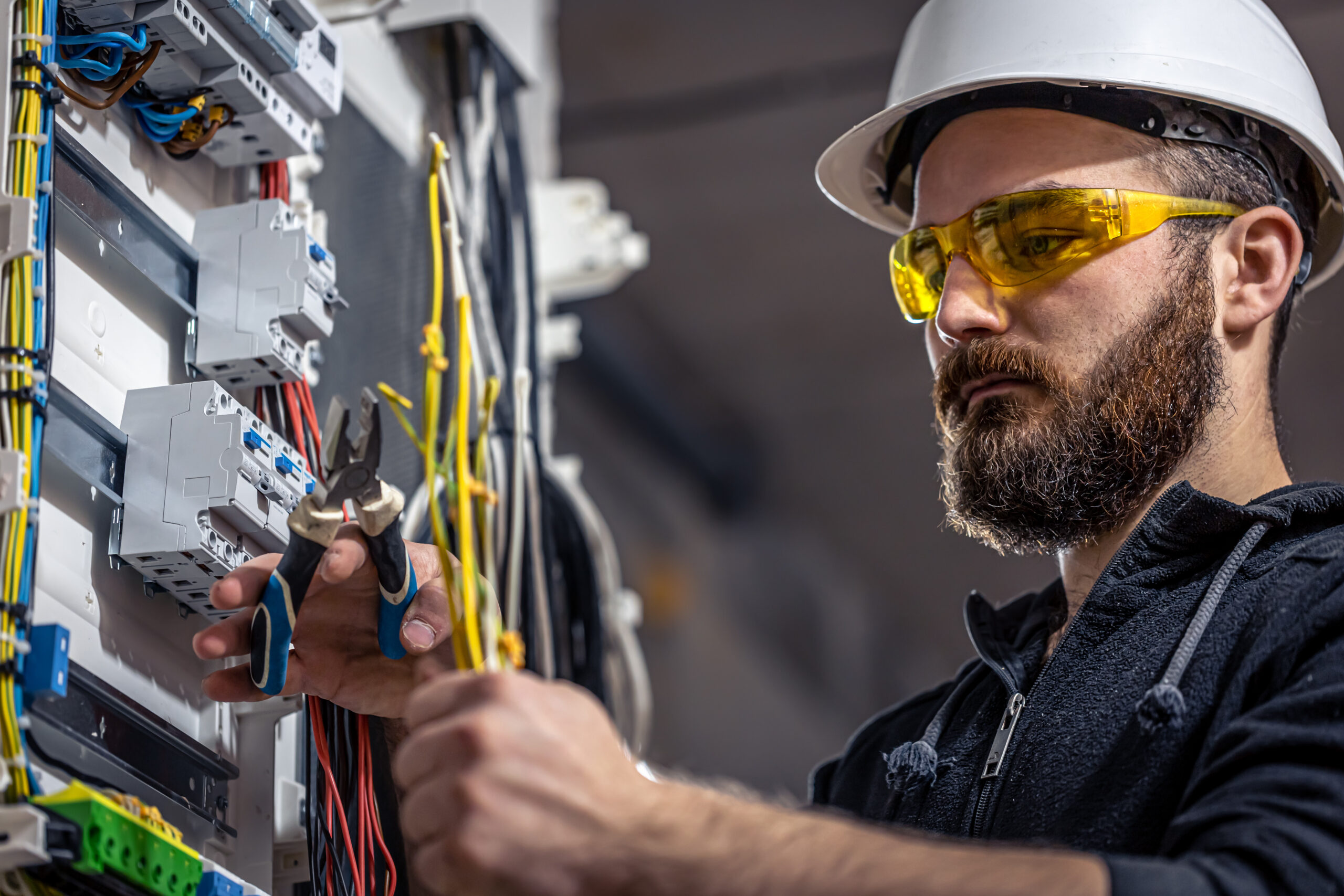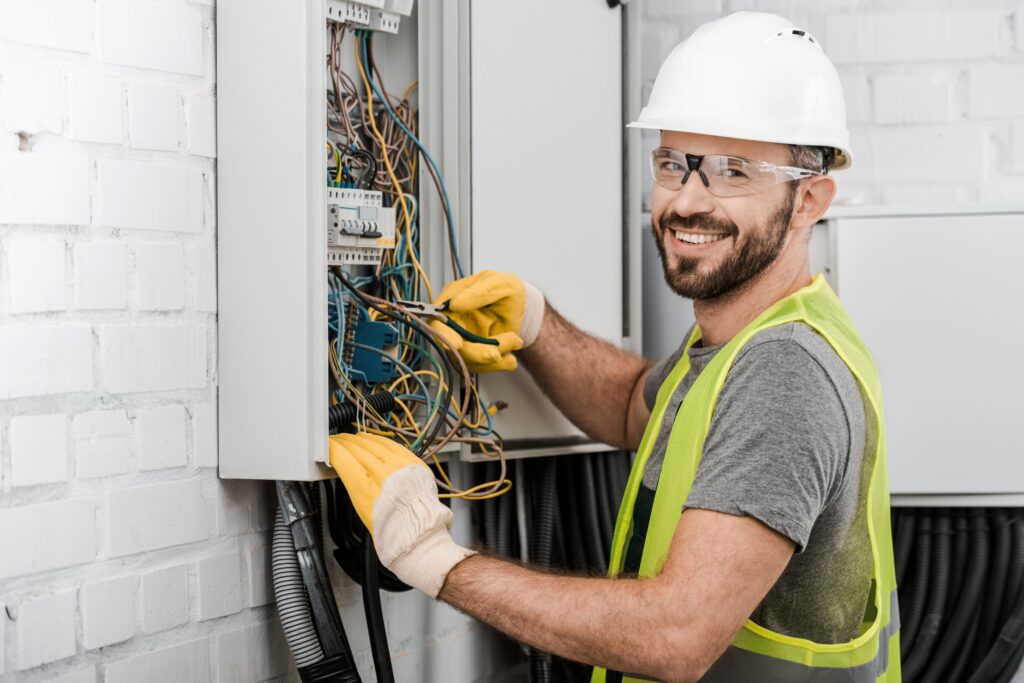What To Do In The Event Of An Electrical Emergency
Electricity is becoming increasingly prevalent in modern homes due to the convenience it provides. It’s a widely used energy source for most families and businesses. However, it also poses some serious risks. Electrical emergencies can be fatal and even lead to loss of life.
Therefore, it’s crucial to be aware of any electricity faults and emergencies, and act quickly to avert dangerous situations. In this article, we’ll provide some practical tips on what to do in an electrical emergency.
- Turn Off The Main Power
The first cause of action should be turning off the main power. This helps in reducing further injuries. For instance, turning off the main power ensures no current flows through the sockets and appliances. In an electric shock emergency, you can move the victim and offer first aid. Otherwise, if you make contact with the person, you could also be electrocuted. Thus, it’s vital to turn off the power first in the main switch is vital.
- Call An Emergency Electrician
Even after you’ve managed to turn off the main power, you should call an emergency electrician, such as thelocalelectrician.com.au/emergency-electrician/ or other similar ones. They’re experts in handling electrical-related emergencies. It’s important to note that after the electrical crisis has been resolved, there may still be necessary repairs that need to be done. To ensure these repairs are handled correctly and safely, it’s crucial to hire a qualified and trained electrician.
Because electrical emergencies can happen suddenly and without warning, it’s helpful to research and establish a relationship with an emergency electrician in your area before a crisis occurs. Electricians respond to several emergencies, including;
- Tripping circuits and switches
- Blow fuses
- Corroded wires
- Overload emergencies
- Power surges
- Damaged wires and breakers
Calling for help is crucial in an electrical emergency. In addition to calling for help, it’s important to provide first aid to any victims of the emergency. If you have no prior first aid training, ask the responder for tips to use as you await professional help. Providing effective first aid can help stabilize the situation and potentially save lives while you wait for emergency electricians to arrive.
- Practice Safety Measures
One electrical emergency is an electric shock. It’s mainly caused by electric outlet failure. A colleague or family member can be electrocuted if they were in contact with an electrical source during that time. In other circumstances, the currents could be high such that the victim’s muscles contract, making it difficult to move. In both scenarios, it’s clear that electric shocks are dangerous.
Your first course of action is to go to their aid. However, it’s not appropriate to touch them or push them from the wall. Making contact with an electrocuted person can be dangerous, as human bodies are good conductors of electric currents. This means the shock can be passed from their body to yours. Under no circumstances should you touch or contact the victim until you turn off the power. Alternatively, you can break the contact by using insulated objects. These include:
- Wooden rod
- Rubber gloves
- Polyvinyl chloride (PVC) pipes
Electrical shocks can have two outcomes: the victim may be responsive or unresponsive, depending on the severity of the situation. Severe electric shocks could lead to cardiac arrest or burns. After turning off the power source, you should check whether the victim is responsive. If the victim is responsive, provide first aid by placing any burns under cold water and dressing them. Seek medical attention immediately. If the victim is unresponsive, perform cardiopulmonary resuscitation (CPR) until the emergency response teams arrive.
- Handle Electric Fires With Care
Electrical emergencies are the leading causes of home fires. Installing fire alarms in your home is a safety precaution that can help you respond to the fire before the situation gets out of hand. Common electrical emergencies that can lead to fires include:
- Old wires: Old wiring might not be able to handle and sustain intensive home electricity demands.
- Space heaters: Placing electric heaters too close to flammable objects, such as curtains, furniture, clothes, or books, can easily start a fire. These include curtains, furniture, clothes, and books.
- Outdated breaker boxes: Worn-out breaker boxes can lead to a system overload igniting a fire.
- Overloading extension cords: Connecting large appliances to extension cords can lead to a power surge and blow your extension cord.
- Ungrounded plugs: Don’t remove the third prong so that you can use the chord as a two-prong. The third prong handles the extra amount of electricity that appliances can draw.
- Aging appliances: Aging devices may have worn-out or frayed cords that can overheat and cause a fire.
- Light fixtures: Installing a high-wattage bulb in a light feature could overheat the lamps resulting in a fire. It’s best to use a recommendable wattage for the lamps. Alternatively, you can use battery backups for your light components during a power outage.
The causes listed above make electrical fires a significant concern for households. Evacuating the area is a safety precaution that helps reduce the fire’s risks. Note that if you live in an apartment, there’s a risk of the fire spreading. It’d be best to inform your neighbors of the situation or ring your building’s fire alarm. Call the fire brigade immediately. They can help contain the spread if they arrive sooner. You can also use the fire extinguisher to put out the fire.
Conclusion
Although they rarely occur, you should know that electrical emergencies can be fatal. As such, it’s best to act immediately. However, proceed with caution when attending to electric emergency victims. It is important to have an emergency contact in case of an electrical emergency. Make sure to have a first aid kit readily available in case of an electrical emergency. But to prevent electrical emergencies, it is important to regularly maintain and repair your appliances and electrical systems.








0